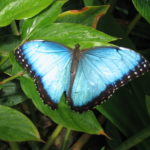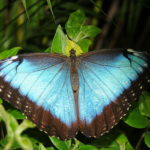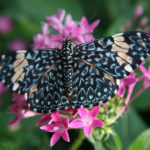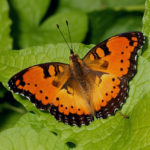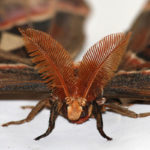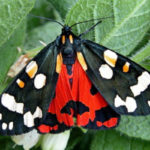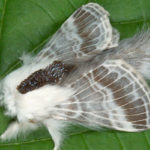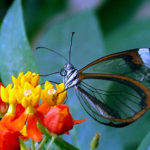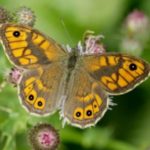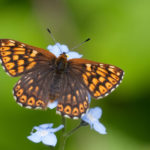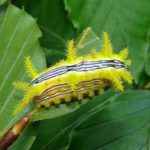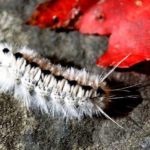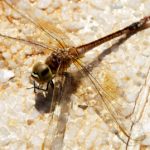Butterflies
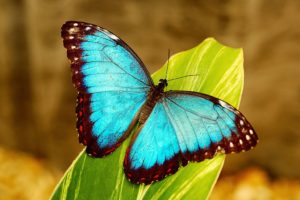 Lepidopteran, or butterflies, moths, moths, – a detachment of insects with complete transformation, the most characteristic feature of which is the presence of a dense cover of chitinous scales on the fore and hind wings (while the scales are located both on the veins , And on the wing plate between them). For most species, a specialized sucking oral apparatus with a proboscis formed by elongated lobes of the lower jaw is characteristic. The shape and span of the wings are very diverse: from 2 mm to 28 cm.
Lepidopteran, or butterflies, moths, moths, – a detachment of insects with complete transformation, the most characteristic feature of which is the presence of a dense cover of chitinous scales on the fore and hind wings (while the scales are located both on the veins , And on the wing plate between them). For most species, a specialized sucking oral apparatus with a proboscis formed by elongated lobes of the lower jaw is characteristic. The shape and span of the wings are very diverse: from 2 mm to 28 cm.
Development with full transformation: there are stages of eggs, larvae (called caterpillars), pupae and adults. The larva is vermicular, with underdeveloped abdominal legs, powerfully sclerotized head coverings, gnawing oral apparatus and paired silk-separating glands, the discharge of which, when in contact with air, forms a silk thread.
Lepidoptera, whose fossil remains are known since the Jurassic period, are currently one of the richest species of insect orders – there are more than 158,000 species in the detachment. Representatives of the detachment are distributed on all continents, with the exception of Antarctica.
The group of Lepidoptera in species diversity undoubtedly stands out among taxa of similar rank. Lepidoptera are one of the largest groups of insects, including as of August 2013 – 158 570 species, including 147 fossil taxa. It is estimated that up to 100,000 species remain still unknown to science and thus the total number of Lepidoptera species existing on the planet can be estimated at approximately 200,000 to 225,000 species. In Russia, there are 2,166 genera and 8,879 species.
Lepidoptera are very diverse, and most of their species are poorly understood. Some of the described species are known from finds from one single locality or even from a single specimen. A true estimate of the total number of existing species will never be known, because many species have died out before they are discovered. The systematics of butterflies, presented in various works, reflects the different views of their authors and is, without doubt, controversial. There are debates about the systematic position or the need to preserve the status of some subspecies or species. DNA studies indicate that some of the currently known species should be separated. A well-known example is the case when, at first glance, identical Colias alfacariensis and Colias hyale, previously considered one species, were divided into two, after significant differences in the structure of their caterpillars and pupae were found.
The size of the detachment’s representatives varies widely. The South American tropical scoop of agrippina tizaniya is probably the largest in the wingspan butterfly in the world. According to the literature, the range of its wings can reach 28 cm. The largest in the span of the wings, the day butterfly is the ornithopter of Queen Alexandra (Ornithoptera alexandrae) – the span of the female wing reaches 27.3 cm. The largest day butterflies also include the Papilio antimachus from Central Africa, Male wings can reach 25 cm. Saturnia Coscinocera hercules females, living in Australia and New Guinea, have the largest area of wings – up to 263 cm². One of the biggest butterflies in the world is also the peacock-eye of Attacus atlas and Attacus caesar.
